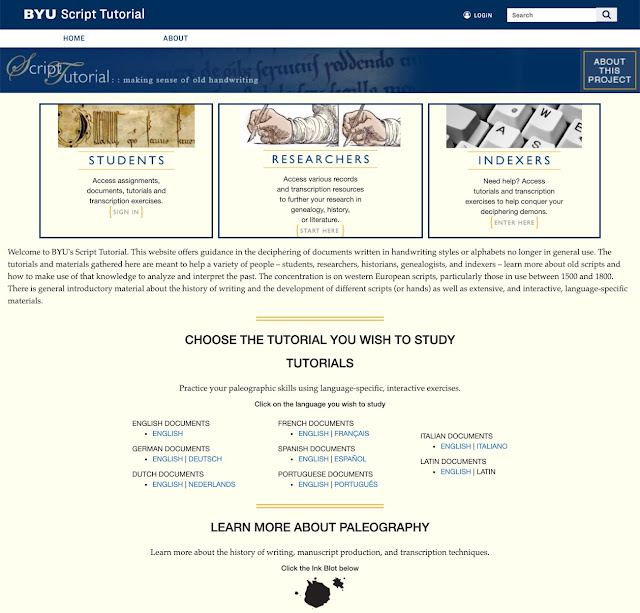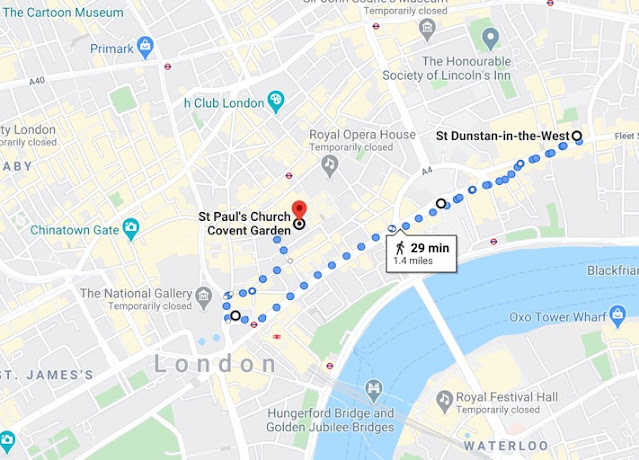 |
| https://pixabay.com/photos/history-plymouth-rock-plymouth-642824/ |
This is a close up shot (not mine) of the famous Plymouth Rock. You may or may not believe that this rock is where the Pilgrims landed, but the reason there is a photo at the beginning of this post (other than the tie-in with the Mayflower and Pilgrims) is that the rock is the subject of graffiti attacks about five times a year on the average. See "Vandals paint Plymouth Rock with red graffiti." Graffiti and adding unsubstantiated entries to the FamilySearch Family Tree have very much in common. Both are acts that seem to have no logic or reason behind them and according to the article above, they can both be "cleaned up" in a short time. Unfortunately, like graffiti, much of the unsupported and unsubstantiated additions to the Family Tree are still there just like the graffiti that decorates most of the cities around the world. (I saw more graffiti in Madrid, Spain than I have seen in Los Angeles, California).
When you look at a person such as Francis Cooke LZ2F-MM7, a Mayflower passenger, you have to wonder why his entries change so often on the FamilySearch.org Family Tree. The main reason, as I have surmised, is that not only does he have an extraordinarily large number of descendants, he is also part of a group of people that are part of a prestigious number of individuals who are remembered through a lineage society for immigrants who came over on the Mayflower in 1620 so he is in a sense a "target" ancestor, as are all the Mayflower passengers. Of course, these issues are not limited to the Mayflower passengers, there are societies and associations for the settlers in any part of the United States and other organizations for people whose ancestors came as immigrants from almost every country of the world. But the General Society of Mayflower Descendants (The Mayflower Society) is one of the most recognized in the United States.
Despite the overwhelming amount of very specific information about a person such as Francis Cooke LZ2F-MM7, the urge to be a descendant of such a person overwhelms considerations of basic research methodology. In my years of helping people with their research, I have also found this same overwhelming drive in people who believe they are related to a Revolutionary War veteran or to an Indian Princess or royalty or whatever.
The other part of the equation that makes up the perpetual changes to a person such as Francis Cooke LZ2F-MM7 in the Family Tree is the seemingly unending supply of old GEDCOM files and copied pedigrees. When people decide to "do their genealogy" they turn immediately to the piles of old family group forms or an old Personal Ancestral File (PAF) file and assume because it is old and handed down from a grandmother or someone really old, it must be accurate and of course, all the other people working on the Family Tree do not have these "historical gems" and must be enlightened even is the person making the changes is not quite sure why the Mayflower passengers are important other than we remember them every Thanksgiving here in the United States.
When I go back over my own early research, I just ended up copying everything I found for a considerable time. Most of my initial information came from paper family group sheets submitted to the Family History Library in Salt Lake City, Utah. When I had assembled a huge pile of paper and entered it all into a computer program (eventually PAF) I began to do some actual research and soon eliminated a fairly high percentage of all of the extended lines. Unfortunately, since those family group records in the Salt Lake City Family History Library ended up as the original source documents for the FamilySearch.org Family Tree, many people will have their genealogy validated simply because all their stuff is right there in the Family Tree today so it must be true.
Which brings me to the starting place for this particular effort. See "Popularity on the FamilySearch Family Tree is not always productive." Because I have researched and validated every ancestral link back to my 4th Great-grandmother, Thankful Tefft LKKM-LWN, I decided to begin with her. She is also the person most mentioned in my family as the direct descendant of the Mayflower passenger Francis Cooke LZ2F-MM7 even though all of Francis Cooke's direct descendants have the same exact claim to his ancestry. Part of that reason is also that Thankful Tefft and her husband Joshua Tanner are listed in the Mayflower Society's registered descendants' books. So, if a descendant of Thankful Tefft has "proved" their genealogy back to her, then they should be able to prove the rest of the generations by referring to records already accepted as valid. Each of the lineage steps from me back to Thankful Tefft in the Family Tree has, at least, 61 sources attached so if you have any questions about any of these individuals you will have to read through a total of about 561 source citations to records, books, certificates, and biographies to decide if I have any of the wrong people. But because I have added most of those records myself, I am starting with Thankful Tefft and working back through the sources for this older set of ancestors so there is no doubt about my relationship back through the seven additional generations to Francis Cooke.
In each generation, I am focusing on the parent/child relationships. Sometimes I find people with a huge number of sources that mysteriously are missing any reference to the person's parents. No matter how many other sources provide information about the person's spouse or children or death or whatever, if there are no sources substantiating the identity of the person's parents, the line stops right there and any speculation about the identity of the parents is pure speculation. So you can expect me to discuss every step of the process going back generation by generation until I reach the ultimate conclusion that I am almost certainly a direct descendant of Francis Cooke and by the way of his son John Cooke and John's wife Sarah Warren and her father Richard Warren. Both John Cooke and Richard Warren were also Mayflower passengers and when this is finished I may well be a direct descendant of several more Mayflower passengers. Time will tell and so might the research.
See these previous posts

































